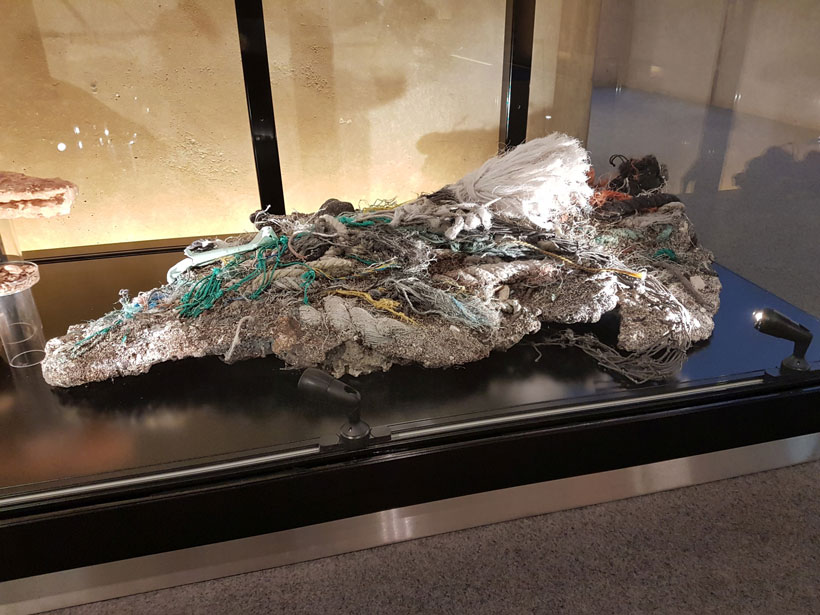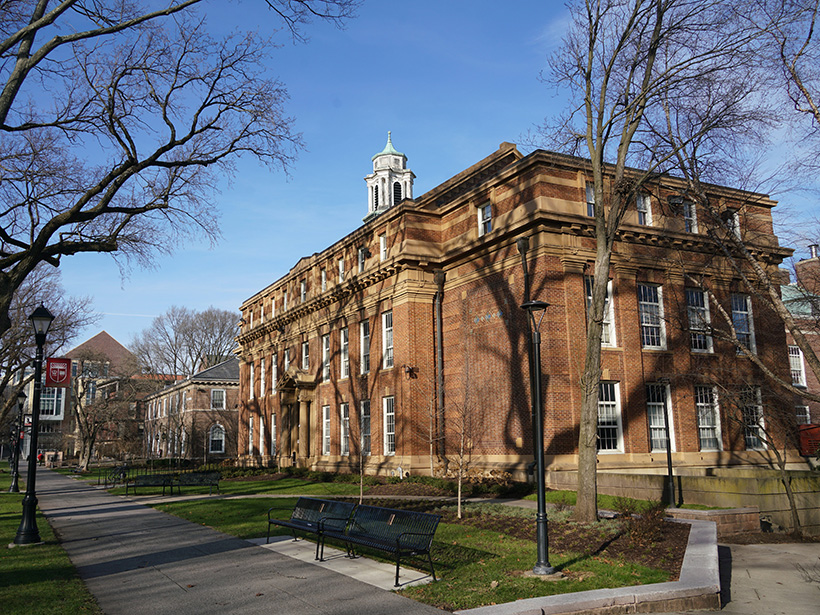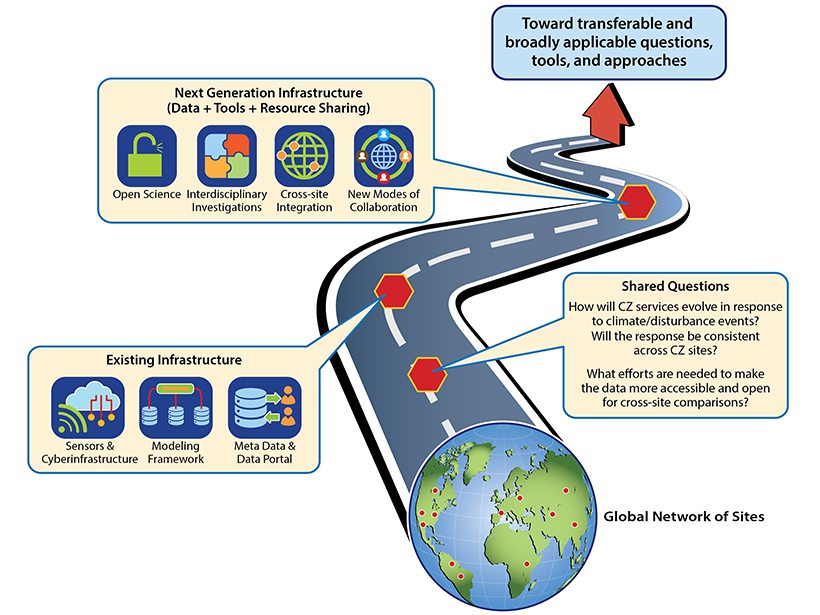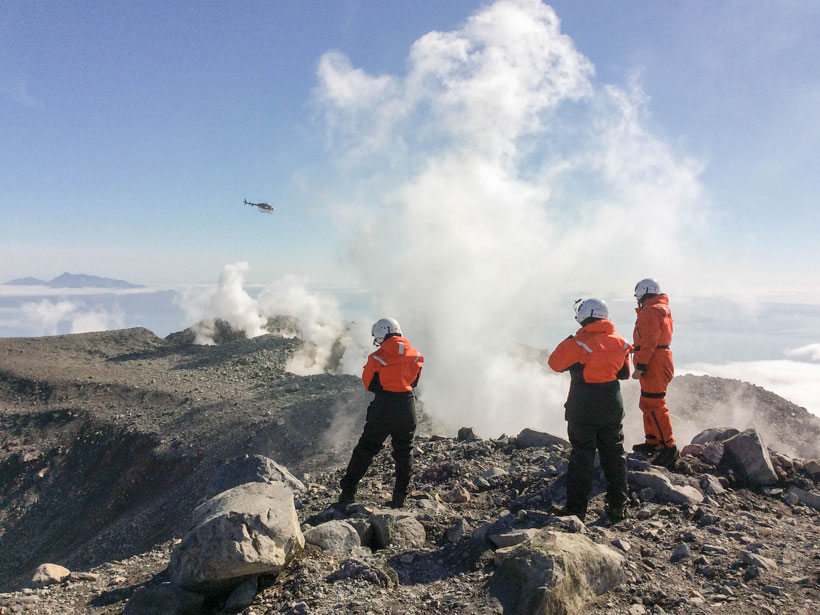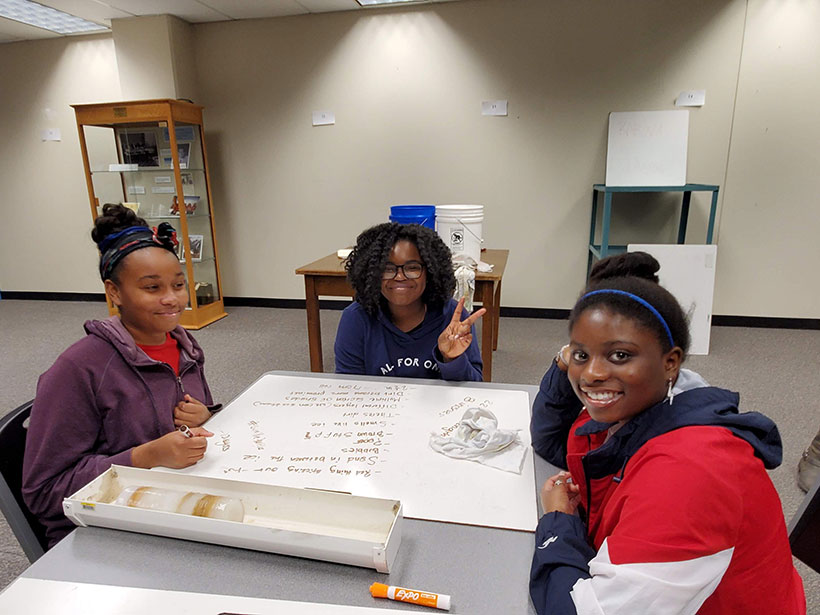Los humanos pueden estar en una nueva época geológica, el Antropoceno, pero diferentes grupos definen su comienzo en diferentes momentos. ¿Cuándo debería haber comenzado el Antropoceno?
academia
Plain Language Summaries Explained in Plain Language
Find out what a Plain Language Summary is, how to write an effective one, and how it benefits publications.
Climate Grant Universities Could Mobilize Community Climate Action
With cues from the successful land grant model, the United States should establish a system of universities to democratize access to climate knowledge and aid efforts to tackle the climate crisis.
Changing the Culture of Fieldwork in the Geosciences
The need to address harassment in field campaigns is growing more urgent. A new workshop provides scientists with a broad set of tools to create more inclusive, safe, and functional field teams.
The Future of Critical Zone Science: Call for Papers
Contributions are invited to a new cross-journal special collection that describe novel advances in critical zone research, with specific consideration for transferable and broadly applicable science.
Reimagining STEM Workforce Development as a Braided River
A contemporary approach to today’s science careers looks less like a structured pipeline and more like a collection of paths that change and adapt to the needs of the individual.
The Difficulty of Defining the Anthropocene
Humans may be in a new geologic epoch—the Anthropocene—but different groups define its start at varied times. When should the Anthropocene have begun?
A Successful Model for Interdisciplinary Research
Over the past decade, the GeoPRISMS program has greatly expanded understanding of shoreline-spanning Earth systems processes and fostered a vibrant and increasingly diverse community of researchers.
Cómo combatir el acoso y la discriminación en las geociencias
Aquí hay 10 pasos prácticos que los científicos pueden tomar para contrarrestar los efectos perjudiciales de entornos laborales académicos abusivos.
Cold Curriculum for a Hot Topic
Educators at ice core labs teach students hands-on lessons about climate change.

